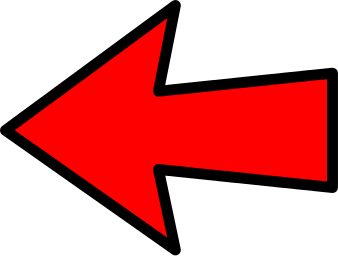|
One of the cruellest legacies of empire is SLAVERY.
Between the 16th and 19th centuries over 12 million African people were forced from their homes and taken to become slaves in parts of America and the Caribbean. Millions would suffer and die under this cruel trade. European powers, like Britain, would use its growing colonial EMPIRE to create what was known as the TRIANGULAR TRADE:
|
The TRIANGULAR TRADE was a very well organised Trade triangle
- Ships would be loaded with manufactured goods in countries like the UNITED KINGDOM
- The ships would sail to West Africa and dock at trading ports set up along the coast. They would exchange their manufactured goods for Slaves. These slaves were often captured by warring tribes and exchanged for the manufactured goods like cloth.
- The Slaves were then crammed into ships and taken across the Atlantic .
- They were sold at market and the ships were then refilled with produce for the European markets such as Tobacco and Cotton
- This trade made Europeans and Americans very wealthy as they were able to produce crops very cheaply and sell them elsewhere for a profit.
- Slavers became wealthy with their global trade.
|
|
|
|
|
The Middle Passage was the middle journey of the Triangular trade. The Africa to Americas route. It was notoriously horrific as it involved the transportation of the slaves. It could last from 2-3 months.
Slave ships were tightly packed with up to 600 slaves. In fact, there were designs which were created to show the best way to pack in slaves. These were sailing ships sailing in tropical waters, with baking sun and ferocious storms. Many slaves, trapped below decks in groups of over 600, would die from the terrible conditions. Disease, starvation and even suffocation as they were crushed in the hot unventilated holds. Some starved themselves to death due to the despair. Slave owners would sometimes make the slaves dance on deck in order to keep them healthier for the slave market or as entertainment. Up to TWO MILLION would die on this MIDDLE PASSAGE between Africa and the America's. The area was recently described in a BBC documentary as 'One huge crime scene' |
|
|
|
|
|
|
|
|
After such an horrific journey slaves were prepared for sale. They hoped to get the most money possible but this depended on them looking as healthy as possible - this wasn't easy after such a terrible journey. There were a number of steps taken to help:
auction or scramble?
Officially they were not SLAVES until they were bought and branded by their new White masters. This sale took place in TWO different ways
|
|
|
On arrival in the Americas or West Indies the slaves were sold and sent to work on the PLANTATIONS. These were large estates growing valuable crops such as Sugar, Coffee, Tobacco or Cotton.
|
|
|
|
|
The trade in slavery eventually began to be opposed in greater numbers. In 1787, the influential British politician, William WILBERFORCE began to work with other groups to form a powerful ANTI SLAVERY MOVEMENT
This was fiercely opposed, especially as many British politicians had made lots of money in the slave trade. However, gradually their campaign became so popular that they could not be ignored.
In 1807 Britain eventually abolished the slave trade across its empire. It would lead to other countries following
This was fiercely opposed, especially as many British politicians had made lots of money in the slave trade. However, gradually their campaign became so popular that they could not be ignored.
In 1807 Britain eventually abolished the slave trade across its empire. It would lead to other countries following
|
|
|
|
|
|
|
|


































